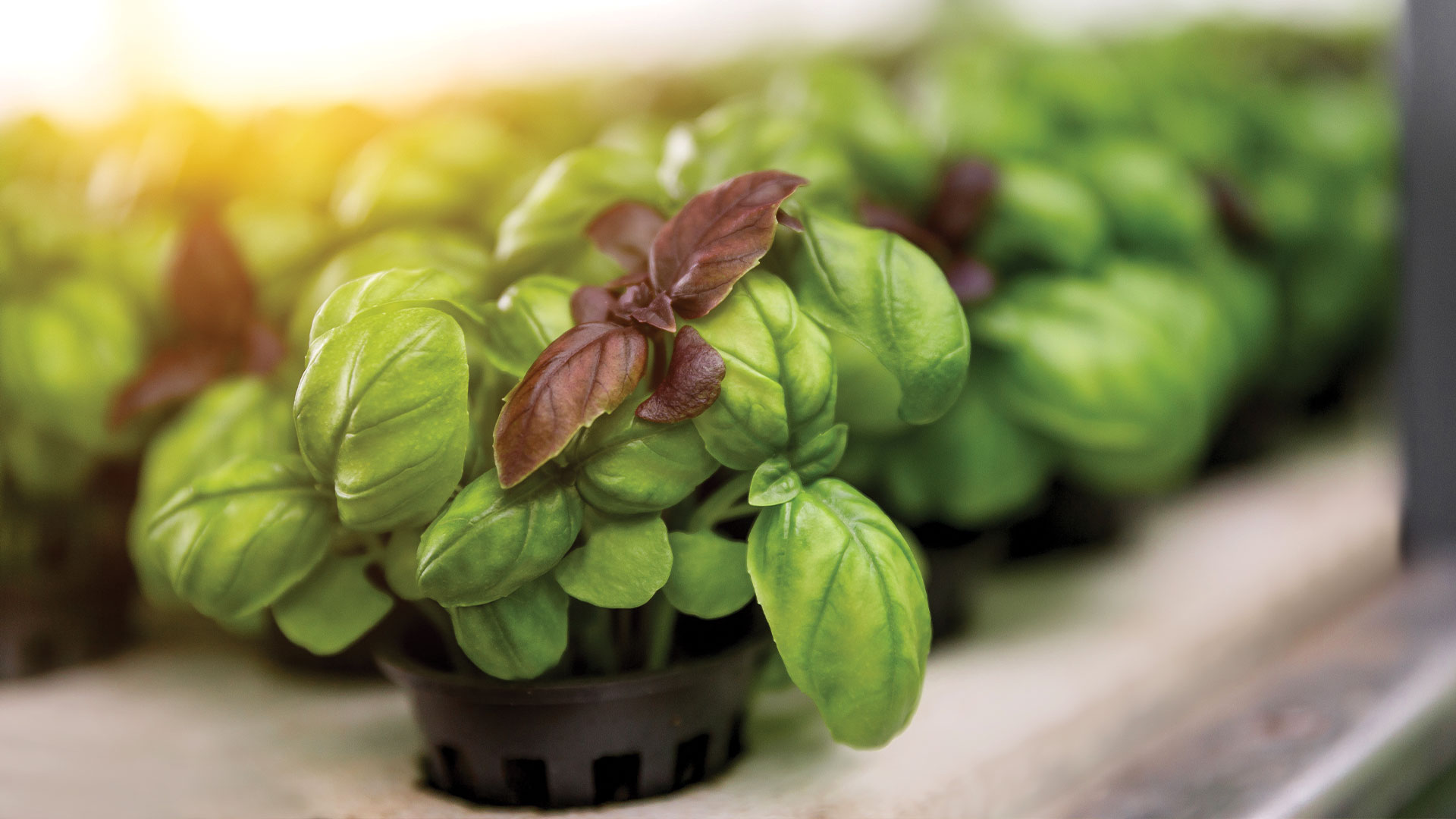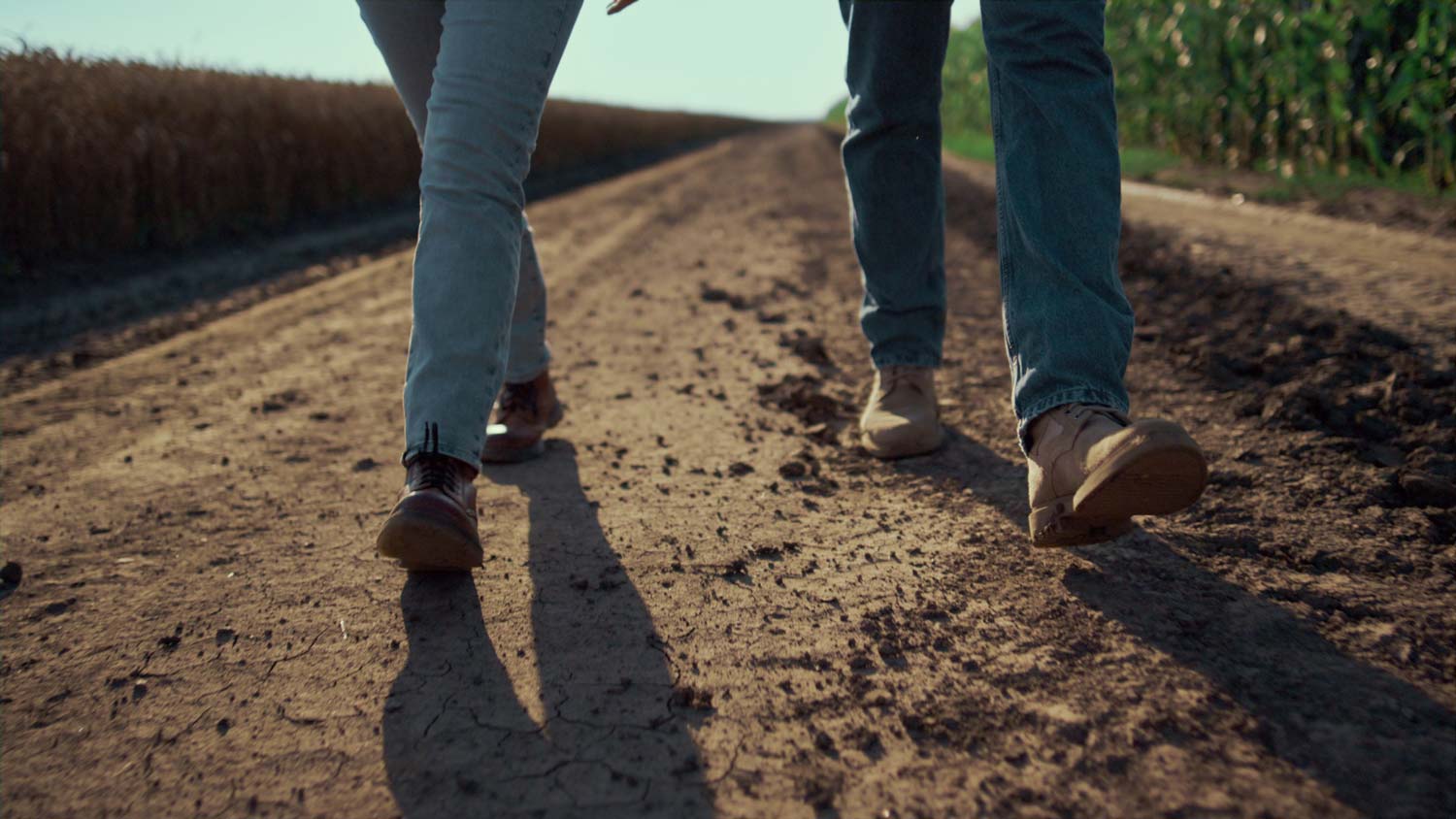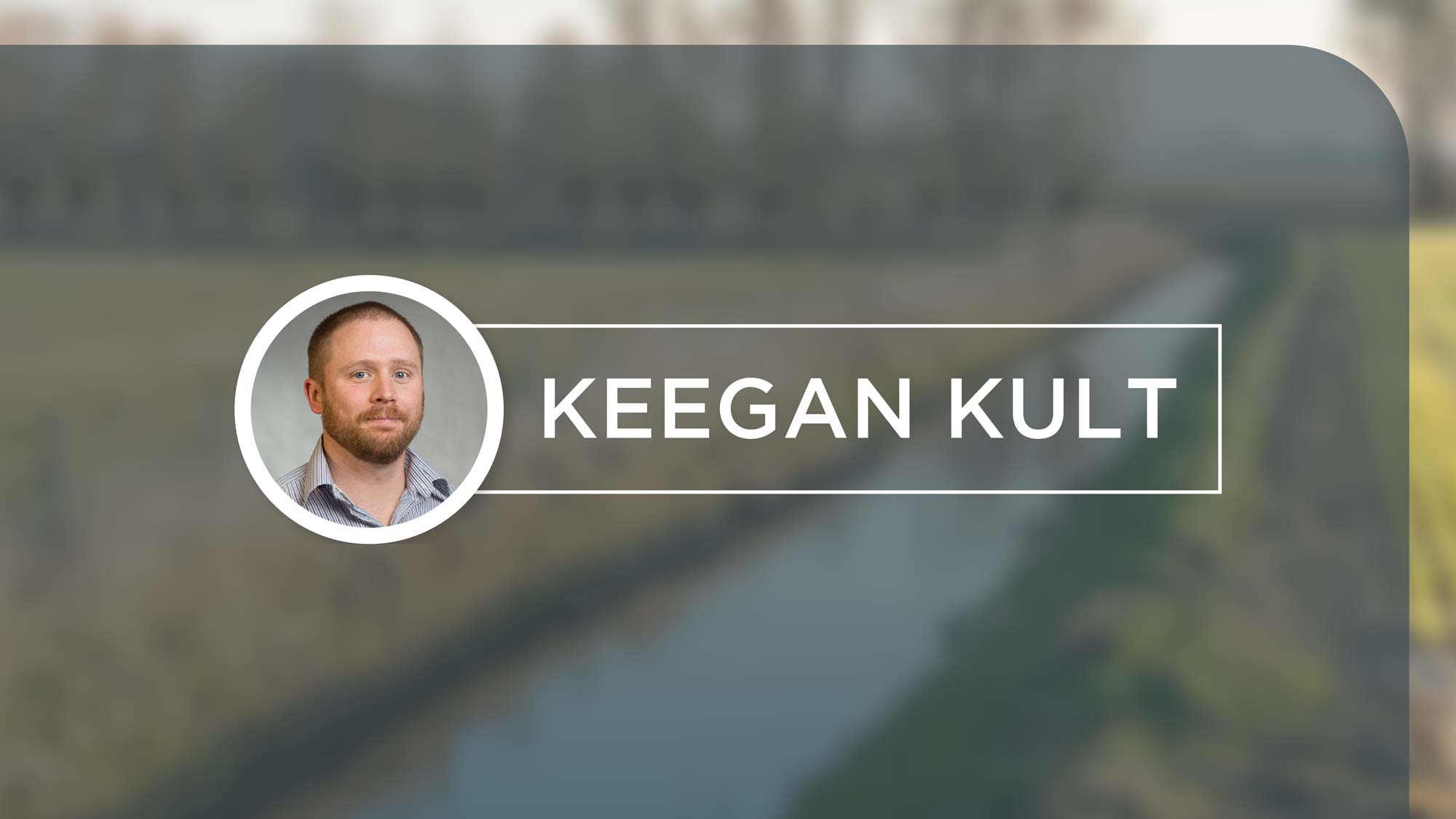As seen in the Tried & True Summer 2022 issue
Seasons come and go as crops are sown, grown and harvested by farmers who feed the world. And just like every harvest must be carefully nurtured, the same is true for each generation of farmers. So what will the next “crop” of agricultural professionals be like? What unique additions will they bring to the never-ending, ever-changing world of food production? How will they be similar to past generations of farmers, and how will they be different? Tried & True was eager to find out.
Located in the heart of the midwest in West Lafayette, Indiana, is Purdue University’s College of Agriculture. Originally founded in 1874 as the Purdue School of Agriculture and Horticulture, the College has gone on to accrue a reputation of prestige, innovation and excellence in the world of farming education. There’s a good reason many industry insiders refer to the school as “the Harvard of Agriculture.”
Recently, Tried and True had the pleasure of sitting down with Sara E. LaRose, Assistant Professor of Agricultural Education at Purdue. LaRose specializes in the process of education itself, so Tried and True was excited to pick her brain about the latest changes and developments occurring in higher education agricultural classrooms. Perhaps the latest and most drastic development is how we define the classroom,” says LaRose. During the COVID-19 pandemic, Purdue and other institutions were forced to go online in order to keep students and faculty safe. During this time, dorm rooms and guest rooms became classrooms as students and teachers logged on to Zoom for lectures.
For Purdue especially, the temporary shift to online learning was a harsh blow to handle. In the nearly 150 years since its founding, the College of Agriculture has invested millions of dollars in state-of-the-art equipment to strengthen students’ agricultural training. The campus currently touts facilities like a fully-functioning slaughterhouse for teaching students about livestock and meat production, a sprawling greenhouse for botanical studies as well as dozens of laboratories and lecture halls. All of that, however, went unused during the height of the pandemic.
La Rose, however, is quick to point out the lasting silver lining of this sudden switch to virtual learning. The normalization of distance learning has made agricultural education more accessible to people all over the world. Before, receiving an education from Purdue was only viable for a small number of international learners who were willing and able to relocate to campus. Now, distance education is opening the door for more people in developing countries to receive quality education, creating a more diverse generation of agricultural professionals.
Greater diversity in agriculture is one of the overarching goals on Purdue’s agenda. “Here in the College of Agriculture, we have a really big focus on what we call ‘inclusive excellence,’” explains LaRose. “We want to make agriculture more inviting to people and groups who have been excluded in the past.”
“I think there was a moment during early in the pandemic when people started questioning where their food would come from if things continued to get worse,” says LaRose. Although it seems the pandemic is winding down, the question lingers about the resilience of food supply chains.
“There’s a concept trending in agricultural education called ‘Glocal,” shares LaRose, “which is a hybrid focus on both global and local food production.”
A sort of renaissance in locally-grown organic food had been underway well before the pandemic, and seems like the circumstances forced upon the population during COVID only added fuel to the fire. Local, however, doesn’t necessarily mean “rural,” and the drive to bring food production to urban environments—the mythical “vertical” farm housed in a skyscraper, for example—is still thriving in the world of Agriculture overall. The next generation of farmers, therefore, may not follow the same outdoorsy archetypes we’re familiar with today. The Purdue College of Agriculture even offers a certificate in Urban Farming, with other universities across the country conducting similar nontraditional farming programs.
The next generation of farmers, therefore, may look noticeably different than the farmers we’re used to. They also may operate
in locations that haven’t been traditionally associated with farming in the past. Together, these changes are sure to bring new and valuable perspectives that lead to more innovation.
As always, Fratco welcomes such changes with open arms—knowing that wherever food is grown, water management and drainage solutions are essential. Whether future Fratco contractors are installing drainage systems in flat fields or vertical skyscraper farms, the company will continue to adapt to changing norms as they’ve always done.
Learn more about Purdue’s College of Agriculture: ag.purdue.edu




